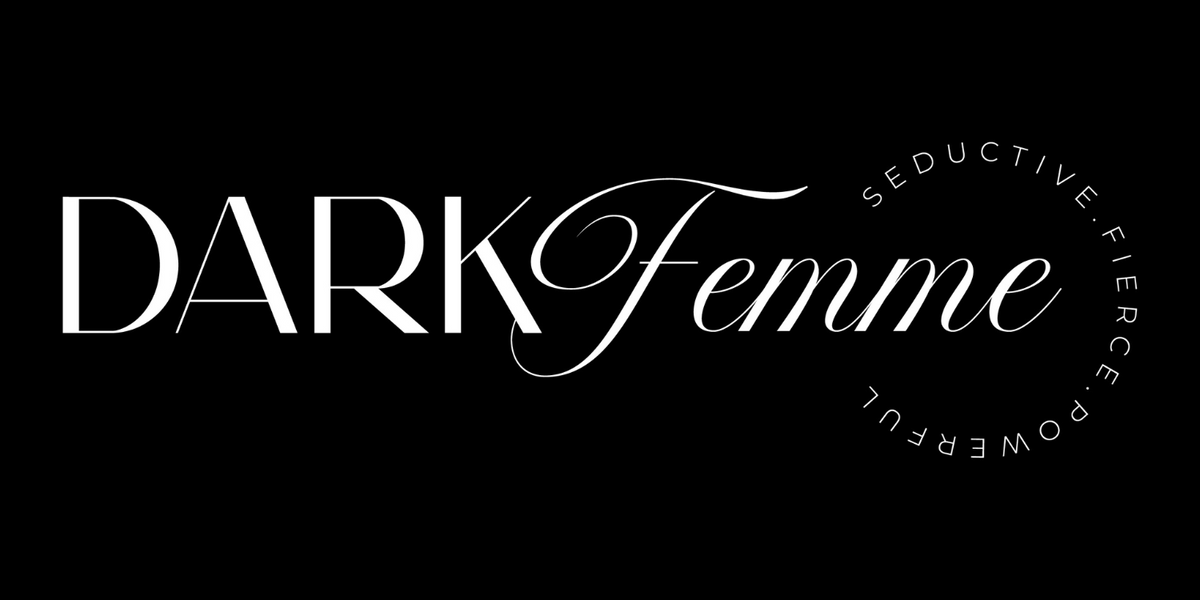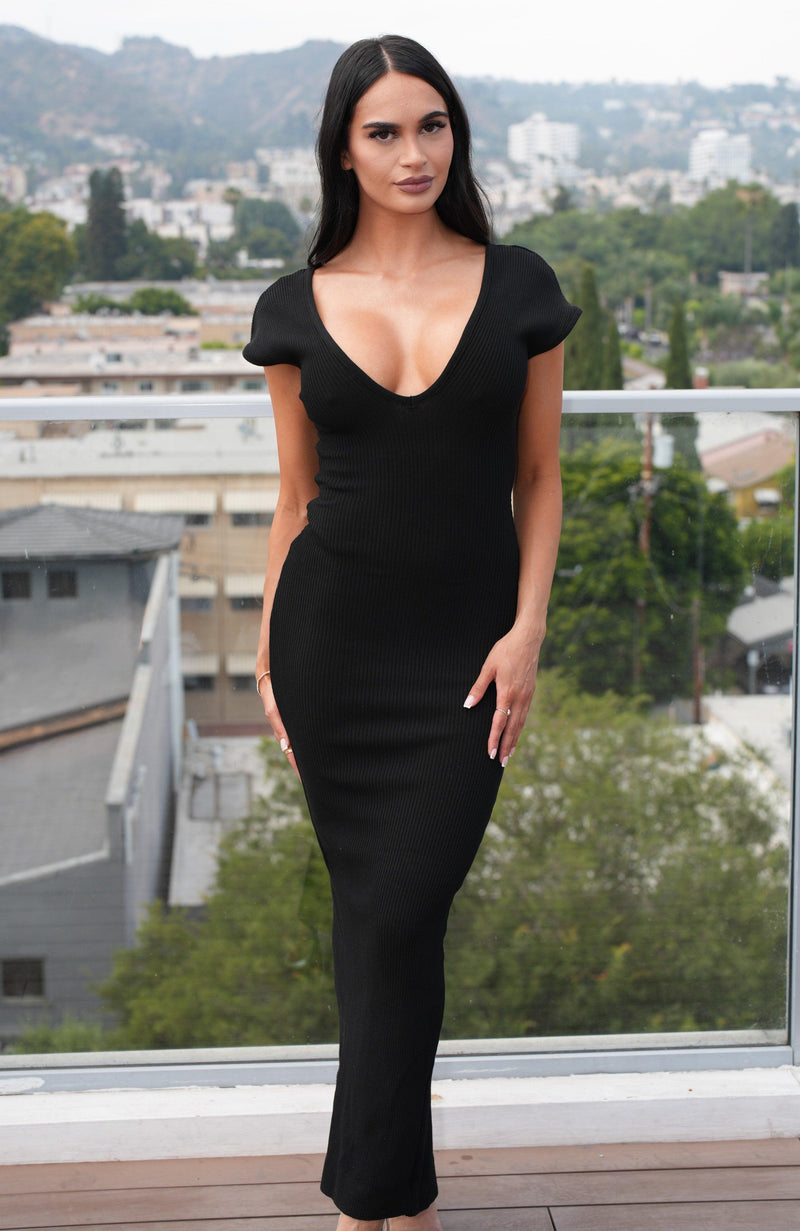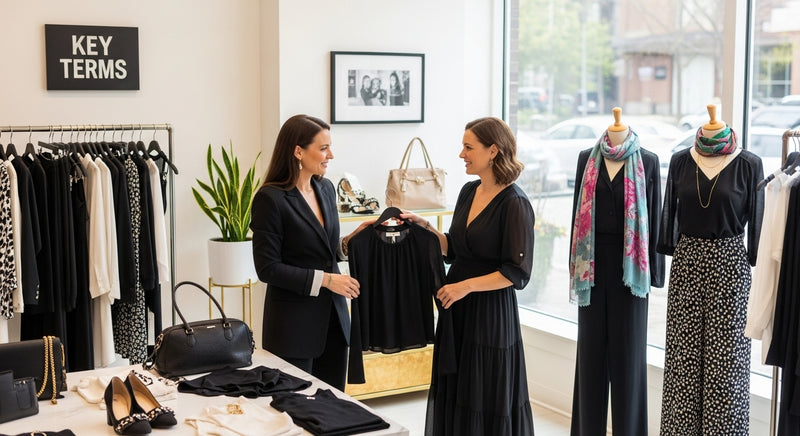
Women’s fashion goes way beyond choosing what to wear each morning. Most people do not realize that understanding the difference between terms like silhouette, cut, and drape can completely change how you see your own style. In fact, having the right fashion vocabulary has been shown to make shopping faster and create more confident choices according to consumer research. Yet fashion language is not about memorizing rules. It actually gives you the freedom to express who you are and makes everyday style choices feel personal, not complicated.
Table of Contents
- Defining Women’s Fashion: Key Terms And Concepts
- The Importance Of Fashion Vocabulary In Personal Style
- How Fashion Terminology Influences Shopping Choices
- Exploring Current Trends And Styles In Women’s Fashion
- Interpreting Fashion Terms: Cultural And Historical Context
Quick Summary
| Takeaway | Explanation |
|---|---|
| Understanding fashion terms empowers expression | Knowing key fashion vocabulary helps articulate personal style and enhances self-confidence. |
| Fashion terminology boosts shopping efficiency | Using specific terms allows for quicker selection of garments that align with personal aesthetic and needs. |
| Clothing communicates identity and values | Fashion choices express complex emotions and cultural narratives without words, reflecting deeper personal stories. |
| Current trends reflect societal transformations | Modern fashion emphasizes sustainability and inclusivity, indicating broader cultural movements and individual agency. |
| Fashion language evolves with technology | Innovations like digital design and smart textiles redefine personal expression and the shopping experience in fashion. |
Defining Women’s Fashion: Key Terms and Concepts
Women’s fashion represents more than just clothing. It’s a powerful form of self-expression, communication, and cultural identity that transcends mere fabric and design. Understanding the fundamental terms for women’s fashion allows individuals to navigate style choices with confidence and intention.
The Language of Style
Every fashion landscape has its unique terminology that helps enthusiasts communicate complex aesthetic ideas. Terms like silhouette, cut, and drape are not just technical descriptors but windows into a garment’s personality. A silhouette describes the overall shape and line of a clothing piece, while cut refers to how a garment is shaped and constructed. Drape speaks to how fabric falls and moves on the body, creating visual and tactile experiences.
Fashion vocabulary goes beyond physical descriptions. Style archetypes help categorize personal aesthetic preferences. These include classic, bohemian, minimalist, and avant-garde approaches that reflect individual personality and cultural influences. Learn more about bold fashion statements to understand how personal style communicates individual narrative.
Decoding Fashion Mechanics
Beyond visual appeal, women’s fashion involves understanding structural elements that transform fabric into wearable art. Key technical terms include:
- Tailoring: The precise art of constructing garments to fit individual body shapes
- Haute Couture: Custom-fitted, high-end clothing created by leading fashion designers
- Prêt-à-Porter: Ready-to-wear clothing produced in standard sizes
These terms reveal the intricate processes behind clothing creation, from personalized design to mass production.
The following table defines essential women’s fashion terms explained in the article to help readers build their style vocabulary effortlessly.
| Term | Definition |
|---|---|
| Silhouette | The overall shape and line of a clothing piece. |
| Cut | How a garment is shaped and constructed, influencing its fit and style. |
| Drape | How fabric falls and moves on the body, affecting visual and tactile experiences. |
| Tailoring | The precise art of constructing garments to fit individual body shapes. |
| Haute Couture | Custom-fitted, high-end clothing created by leading fashion designers. |
| Prêt-à-Porter | Ready-to-wear clothing produced in standard sizes. |
| Style Archetype | A broad category reflecting personal aesthetic like classic, bohemian, minimalist, or avant-garde. |
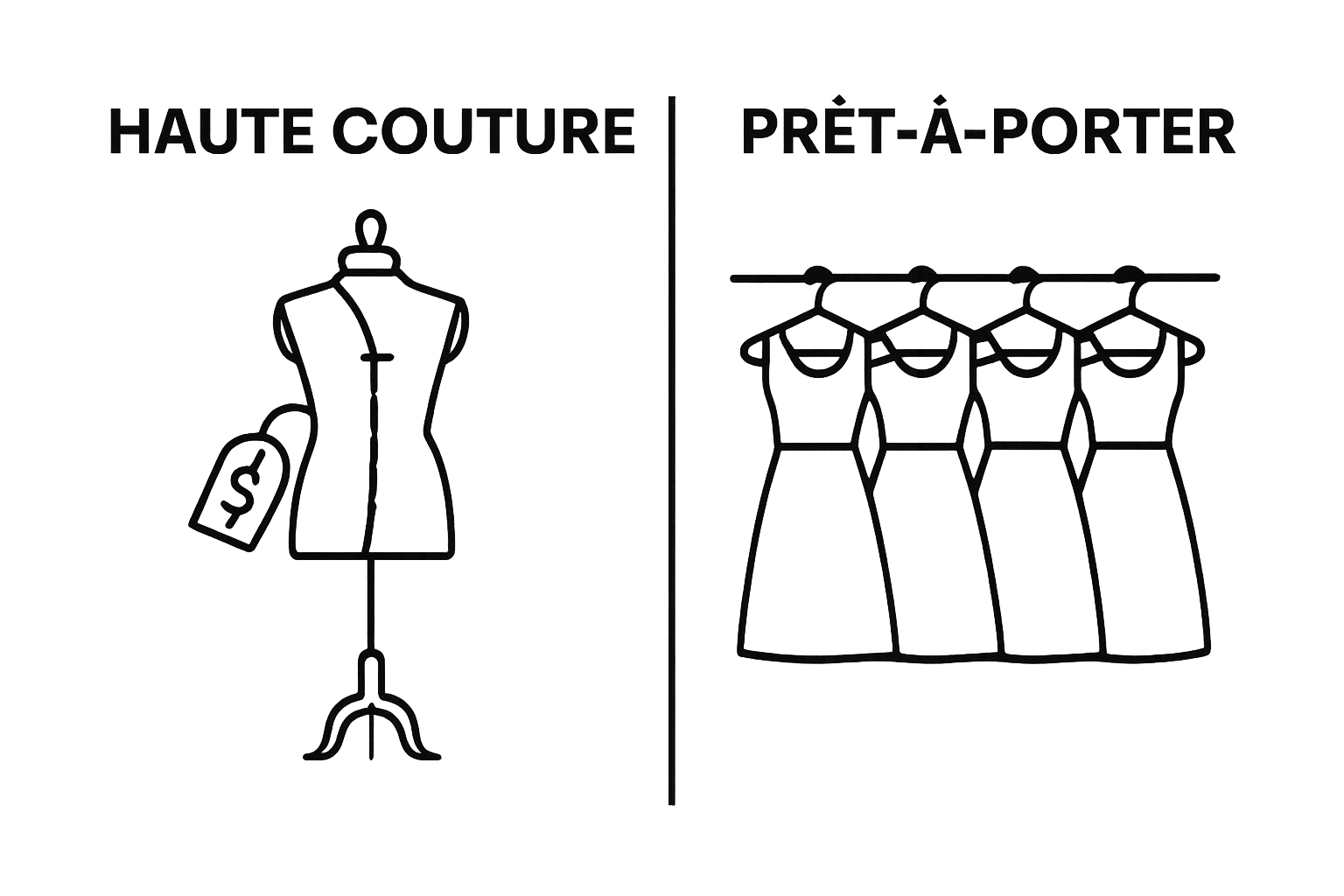 According to Fashion Institute of Technology, understanding these distinctions helps consumers make more informed fashion choices and appreciate the craftsmanship behind clothing design.
According to Fashion Institute of Technology, understanding these distinctions helps consumers make more informed fashion choices and appreciate the craftsmanship behind clothing design.
Understanding terms for women’s fashion is not about rigid rules but about empowering personal expression. Each term represents a tool for communication, allowing individuals to articulate their unique style narrative with precision and creativity.
The Importance of Fashion Vocabulary in Personal Style
Fashion vocabulary transcends simple communication - it is a sophisticated language of self-expression that empowers individuals to articulate their unique identity through clothing choices. Understanding this specialized terminology transforms fashion from a passive experience into an active, intentional form of personal storytelling.
Communication Through Clothing
Every fashion term represents a nuanced tool for personal branding. Style descriptors like aesthetic, mood, and narrative allow individuals to communicate complex emotional states and personality traits without uttering a single word. When someone describes their look as “minimalist” or “avant-garde,” they are instantly conveying a comprehensive visual and philosophical approach to their wardrobe. Learn about creating cohesive fashion sets to understand how strategic clothing combinations amplify personal style communication.
Research from the Fashion Psychology Society indicates that clothing choices are deeply psychological, with individuals using fashion terminology as a form of non-verbal communication that signals social belonging, personal values, and emotional states.
Empowerment Through Precision
Mastering fashion vocabulary provides practical advantages in navigating style landscapes. These linguistic tools enable more precise shopping experiences, clearer communication with stylists, and more confident personal styling decisions.
Key benefits include:
- Enhanced Shopping Efficiency: Using precise terms helps quickly filter and select clothing that matches personal style
- Professional Networking: Understanding fashion language facilitates more sophisticated conversations in creative industries
- Personal Confidence: Articulating style preferences with clarity reinforces personal agency and self-understanding
Fashion vocabulary is not about creating barriers but building bridges - connecting personal creativity with broader cultural expressions of style. It transforms clothing from mere fabric and design into powerful mediums of individual narrative and self-discovery.
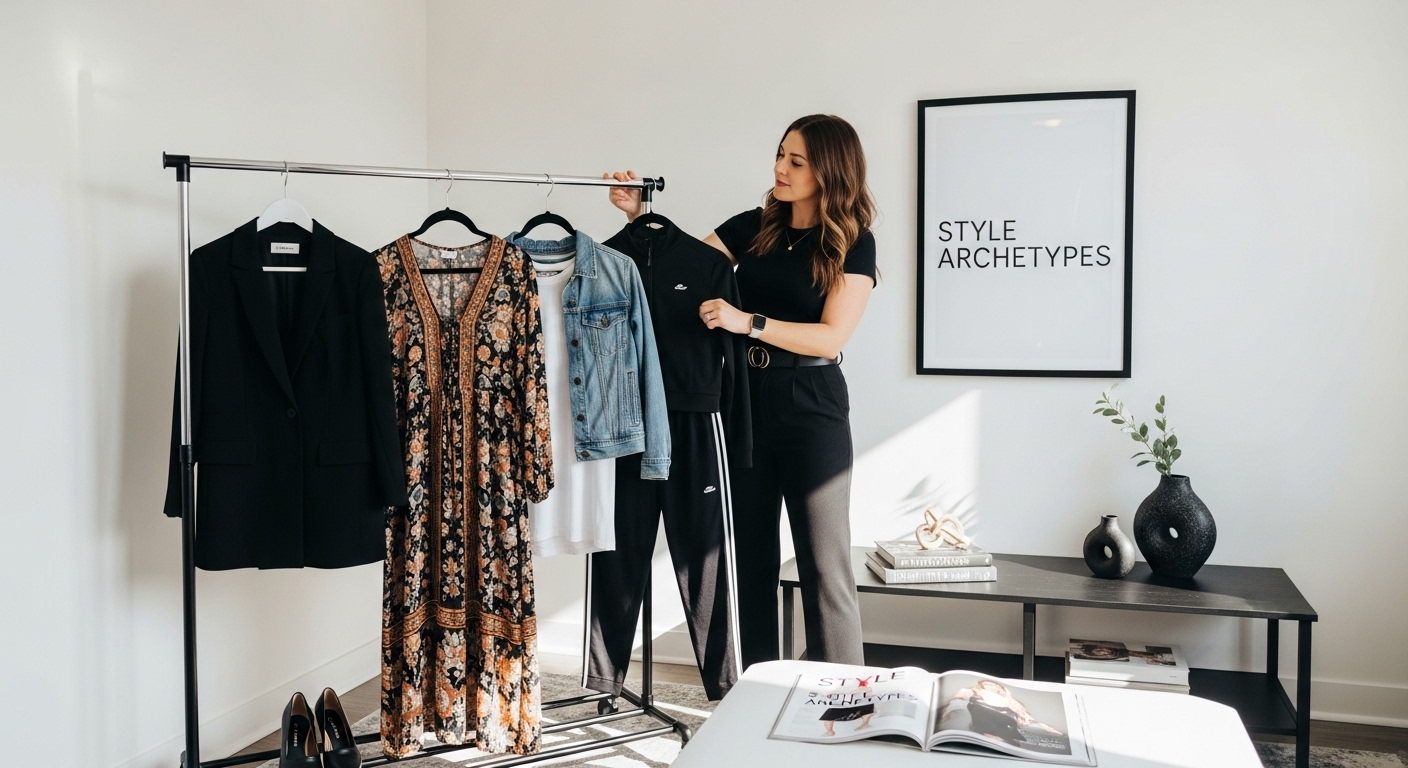
How Fashion Terminology Influences Shopping Choices
Fashion terminology serves as a powerful navigation tool in the complex world of style, transforming shopping from a passive experience into an intentional, strategic process. Understanding specific fashion language enables consumers to make more informed, confident purchasing decisions that align with their personal aesthetic and functional needs.
Decoding Consumer Decision Making
Technical fashion terms act as critical filters in the shopping experience. Words like silhouette, cut, and textile composition help shoppers quickly evaluate whether a garment matches their body type, personal style, and practical requirements. For instance, knowing the difference between “A-line” and “pencil” cuts can dramatically streamline the selection process, reducing time spent trying on incompatible clothing. Learn about our brand philosophy to understand how precise terminology reflects deeper style intentions.
According to research on consumer behavior, shoppers who understand fashion terminology make more targeted purchases, experiencing higher satisfaction and lower return rates.
Psychological Impact of Fashion Language
Fashion vocabulary does more than describe clothing - it creates emotional connections and expectations. Descriptive terms trigger specific psychological responses that influence purchasing decisions:
- Aspirational Language: Terms like “couture” or “haute” evoke feelings of luxury and exclusivity
- Functional Descriptors: Phrases such as “moisture-wicking” or “stretch fabric” communicate practical benefits
- Emotional Resonance: Style descriptors like “bohemian” or “minimalist” help consumers connect with deeper personal identity
These linguistic cues transform shopping from a transactional experience into a form of personal storytelling, where each garment represents a deliberate choice in self-expression.
This table summarizes how different fashion language features influence consumer emotions and the shopping experience, as described in the article.
| Language Feature | Example Terms | Psychological Impact |
|---|---|---|
| Aspirational Language | “couture”, “haute” | Evokes luxury, exclusivity, and elevated expectations |
| Functional Descriptor | “moisture-wicking”, “stretch fabric” | Highlights practical benefits and utility |
| Emotional Resonance | “bohemian”, “minimalist” | Connects with personal identity and expressive narrative |
| By understanding and leveraging fashion terminology, consumers can navigate style landscapes with greater precision, confidence, and authenticity. |
Exploring Current Trends and Styles in Women’s Fashion
Women’s fashion is a dynamic landscape of continuous reinvention, where cultural shifts, technological innovations, and personal expressions converge to create constantly evolving style narratives. Understanding contemporary trends requires more than simply tracking seasonal changes - it demands insight into the deeper sociocultural movements driving fashion forward.
The Evolution of Modern Style
Contemporary fashion trends reflect complex intersections between individual identity, global cultural exchanges, and emerging social values. Sustainable fashion, gender-fluid designs, and inclusive sizing have transformed traditional style paradigms. These movements represent more than aesthetic choices - they are powerful statements about personal agency, social consciousness, and cultural transformation.
Key contemporary trends demonstrate a radical departure from previous fashion eras, emphasizing:
- Versatility: Clothing that adapts to multiple contexts and personal expressions
- Sustainability: Garments created with environmental and ethical considerations
- Personal Narrative: Styles that communicate individual stories and experiences
Explore our bold fashion statement collections to understand how modern styles challenge traditional fashion boundaries.
Technology and Fashion Convergence
According to McKinsey Fashion Technology Report, technological innovations are radically reshaping women’s fashion. Digital design tools, artificial intelligence, and advanced textile technologies are creating unprecedented opportunities for personalization and creative expression.
Emergent trends like digital fashion, smart textiles, and virtual fitting rooms are blurring boundaries between physical and digital style experiences. These innovations provide women with more dynamic, interactive ways to explore and express their personal aesthetic, transforming fashion from a static concept into a fluid, continuously evolving form of self-representation.
Interpreting Fashion Terms: Cultural and Historical Context
Fashion terminology is far more than a technical language - it is a complex tapestry of cultural narratives, historical transformations, and social movements. Each fashion term carries embedded stories of human creativity, societal changes, and the continuous evolution of personal expression through clothing.
Origins of Fashion Vocabulary
Many fashion terms reveal profound cultural journeys, tracing their roots through complex historical landscapes. Silhouette originated from French artistic traditions, while haute couture represents a distinctly Parisian approach to high-end fashion design. These terms are not mere descriptors but living archives of cultural exchange and artistic innovation.
Key linguistic origins demonstrate how fashion vocabulary reflects broader cultural dynamics:
- French Influence: Many sophisticated fashion terms emerged from French design traditions
- Global Cultural Exchange: Terms like kimono, sari, and dashiki represent cross-cultural fashion interactions
- Technological Evolution: Modern terms increasingly reflect digital and sustainable design approaches
Discover more about creating cohesive fashion sets to understand how terminology connects historical design principles with contemporary styling.
Sociological Significance of Fashion Language
According to Fashion and Cultural Studies Journal, fashion terminology functions as a nuanced form of social communication. Each term carries complex layers of meaning that extend beyond aesthetic description, serving as powerful indicators of social status, personal identity, and cultural belonging.
Modern fashion vocabulary continues to evolve, reflecting emerging social values like inclusivity, sustainability, and individual empowerment. Terms that once rigidly defined clothing are now becoming more fluid, mirroring broader societal shifts towards more flexible, personalized forms of self-expression.
Turn Fashion Terminology Into Bold Personal Style
If understanding the difference between silhouettes, cuts, or draping feels overwhelming, you are not alone. The article highlights how mastering these key fashion terms empowers you to make confident style choices and communicate your personal narrative. Yet, many still face the challenge of transforming newfound vocabulary into a bold, real-world wardrobe. Our curated selection of tops makes it easy to apply what you have learned, letting you choose pieces that truly match your unique aesthetic and the latest trends.
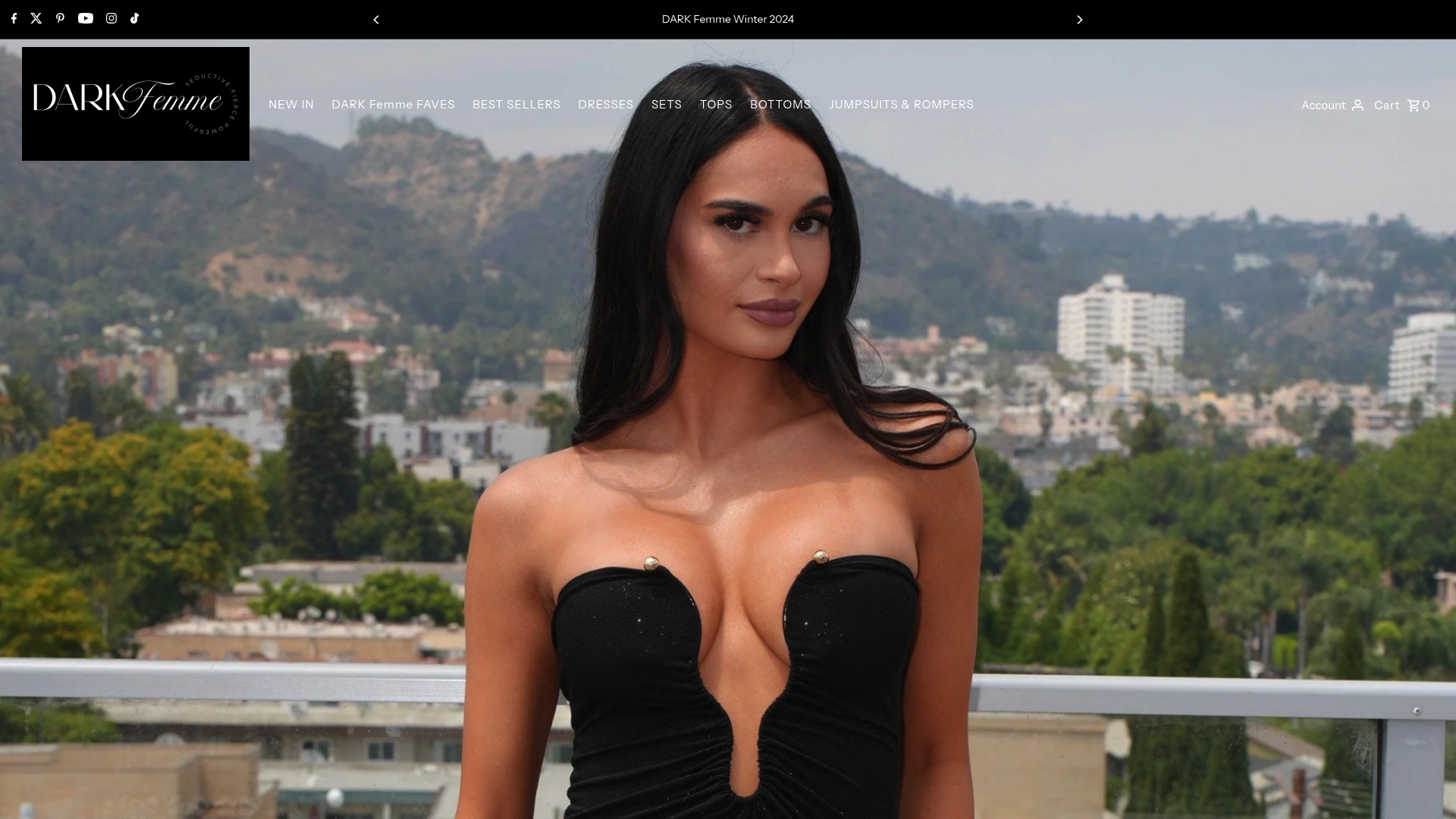
Step into the world of Dark Femme and put your fashion knowledge to use. Shop our exclusive statement dresses and feminine fashion for a wardrobe that tells your story. Explore now and enjoy free shipping, special offers, and styles designed for unapologetic confidence. Shop your favorite statement looks today and embrace your power.
Frequently Asked Questions
What is the difference between silhouette and cut in women’s fashion?
Silhouette refers to the overall shape and line of a clothing piece, while cut describes how a garment is shaped and constructed, influencing its fit and style.
How does understanding fashion terminology enhance personal style?
Mastering fashion vocabulary allows individuals to communicate their style preferences more clearly, improving their shopping efficiency and boosting their confidence in personal expression.
What does haute couture mean in the context of women’s fashion?
Haute couture refers to high-end, custom-fitted clothing created by leading fashion designers, representing the pinnacle of craftsmanship and exclusivity in fashion design.
Why is sustainability a significant trend in contemporary women’s fashion?
Sustainability has become a vital aspect of modern fashion as consumers increasingly seek clothes made with environmental and ethical considerations, reflecting social values and personal agency.
